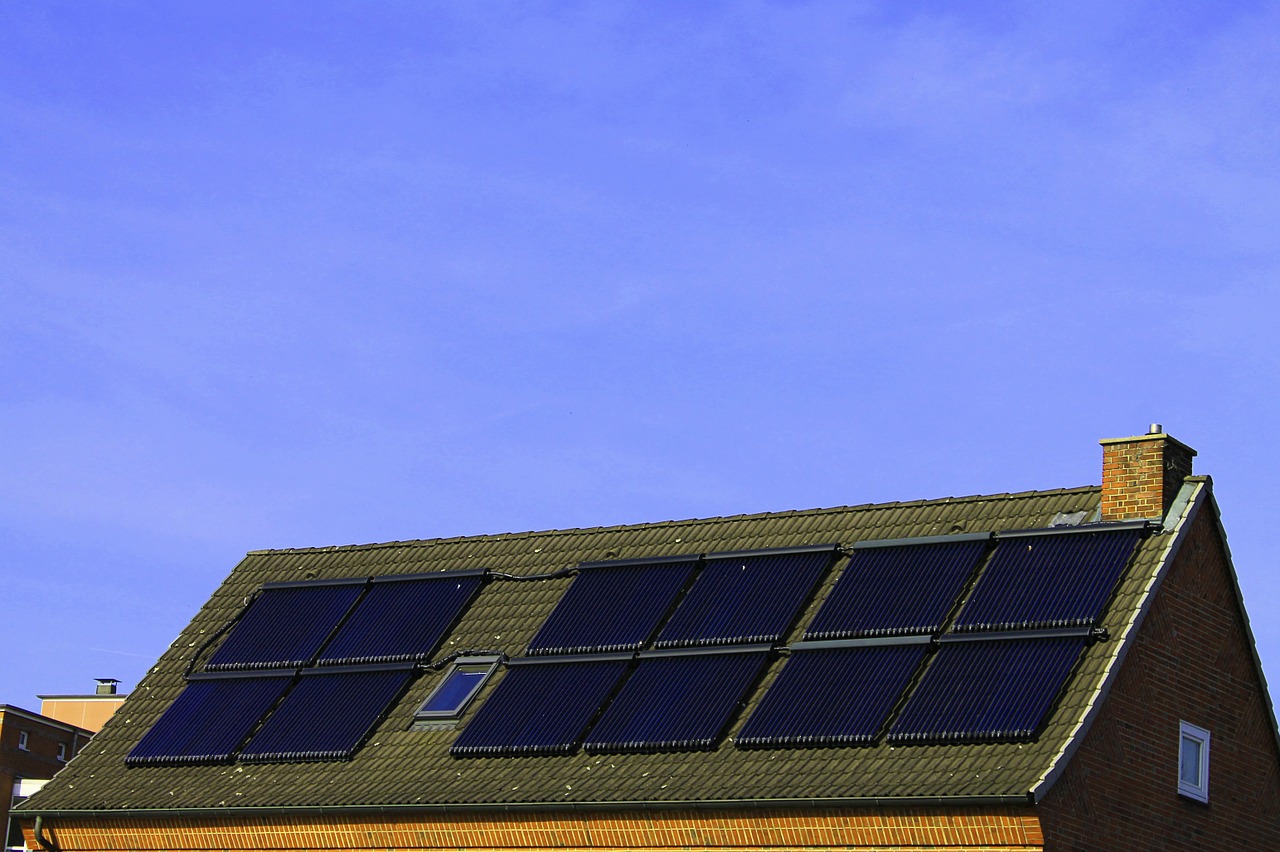
Energy Efficient
With energy efficiency targets an increasingly important issue for the UK Government, there are more efforts to improve the UK’s energy efficiency across a variety of areas. One of those that is receiving some attention, is the UK’s housing stock. In particular its existing, older housing stock and how to encourage owners to invest in making them more energy efficient.
One way to support energy efficiency investment is a potential energy efficiency mortgage product. The Energy efficient Mortgages Action Plan (EeMAP) has helped fund a study into the interest among British, Swedish, Italian and German consumers, into an energy efficiency-based mortgage product.
The results showed that consumers were interested in a product that provided some financial support towards their efforts at making their home more energy efficient.
“Energy efficiency is an increasingly hot topic around Europe, so any real financial support that can be provided to encourage greater home-owner investment in making homes more energy efficient could really help the UK and other European countries achieve their energy efficiency targets,” says Belgravia estate agent Best Gapp.
Energy Efficiency Loan
The most popular element of a potential energy efficiency mortgage, was deemed to be the Energy Efficiency Loan (EEL). This would see home-buyers apply for an EEL to make energy efficiency improvements to the property they’re buying or own.
It would be designed to give them a preferential loan rate to make it more attractive. It would become part of the mortgage, but that part of it would be charged at a lower interest rate.
As part of the initial energy efficiency mortgage application, the mortgage provider would provide an initial assessment of what improvement works would be required and possible to carry out.
Then if the home buyer is interested in making those improvements and would like to apply for an EEL, a surveyor is sent to the property to conduct a detailed assessment of what improvements can be made and what impact they will have on the monthly running costs of your property. And also, what impact the improvements would have on the value of it.
The mortgage provider would then provide complete energy efficiency improvement packages, including cost estimates. The home owner can opt for any or none of the packages, but still apply for the loan.
The basic idea behind the EEL part of an energy efficiency mortgage, is to encourage home-owners to make energy efficiency improvements. The appeal to the consumers who were surveyed is likely that it gives comprehensive, but still optional support, while also offering a cost-effective option to make useful energy efficiency changes.
“Having some real guidance over what is possible and what the impact of those improvements will be, is something that many home owners would be pleased to accept,” claims Central London estate agent LDG. “That it would be optional to take up is also attractive, as it gives home owners that freedom to research other potential options and then act in the way that suits them and their needs, best.”
Green home discount
The EEL wasn’t the only appealing detail of the mortgage, but it was considered the most popular. Another element of the energy efficiency mortgage, was a green home discount. This would be applied to home-buyers purchasing a new-build, energy efficient home, or an existing home that had already had energy efficiency works completed.
A discounted mortgage interest rate would be available for homes that score an A or B energy efficiency rating.
This also appealed to consumers and could help make the difference between buyers opting for a property that requires energy efficiency works and one that’s ready to move into, but may be that little more expensive.
“Providing financial incentives to encourage home-buyers to purchase more energy efficient homes is only one of the ways the UK government can hope to achieve its commitment to reducing its greenhouse gas emissions by at least 80% by 2050,” they conclude at Newington Green estate agency M&M Property. “However, if such a product does become available, it’s likely to prove popular over time and improve the general energy efficiency levels of the UK’s existing housing stock.”
 WhosGreenOnline.com Your Online Magazine and Directory for Green Business, Product, Service and News!
WhosGreenOnline.com Your Online Magazine and Directory for Green Business, Product, Service and News!


